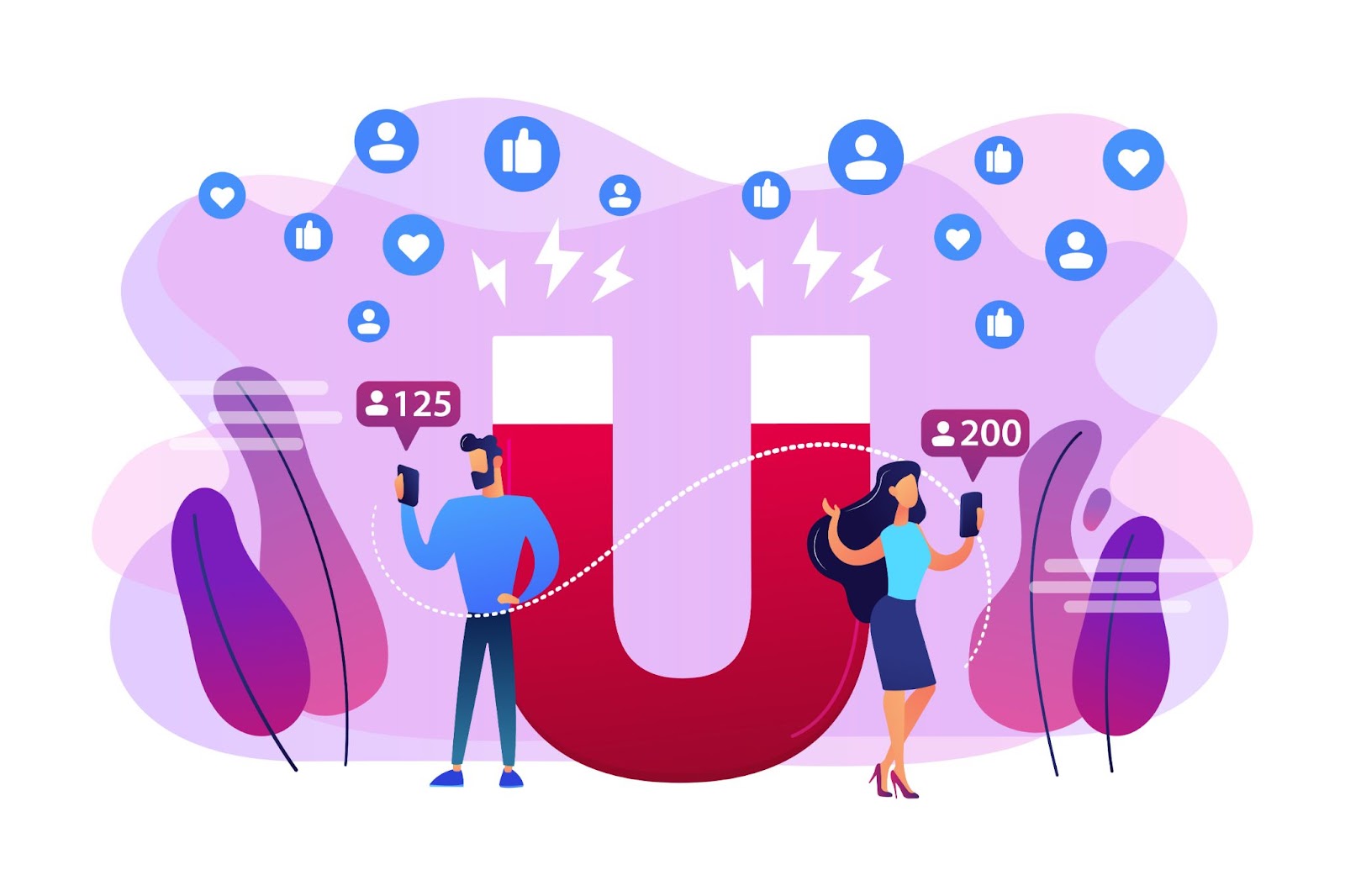Top Marketing Trends You Need to Know This Year
The world of marketing is always evolving, and staying ahead of the curve can be the difference between leading the pack and falling behind. As we look into the future, there are a few marketing trends that stand out, offering fresh opportunities to connect with customers, improve engagement, and boost your brand’s visibility. Whether you’re a small business owner or part of a large marketing team, understanding these trends is crucial for your success this year.
Let’s dive into some of the most exciting and impactful marketing trends you need to know this year.
Video Content: Short, Sweet, and Impactful
Video content continues to dominate the marketing landscape, but this year, the focus is shifting towards shorter videos that pack a punch. Consumers’ attention spans are shorter than ever, and the demand for quick, digestible content is higher than ever before.
Platforms like TikTok, Instagram Reels, and YouTube Shorts are driving this trend. These short-form videos are ideal for showcasing your brand, products, or services in a way that’s entertaining and engaging. Brands are finding creative ways to use quick clips to promote new releases, share behind-the-scenes looks, or even entertain their audiences with humor and creativity.
One tool that’s gaining traction for creating high-quality video content is the AI video app. With the help of AI, creating polished, professional-looking videos has never been easier or more accessible. You can automate the editing process, add special effects, and even generate AI-powered avatars to act as your spokesperson, all from the comfort of your phone or desktop.
Influencer Marketing: Micro and Nano Influencers Lead the Way
Influencer marketing continues to be a top trend, but this year, there’s a shift toward working with micro and nano influencers rather than just the big-name celebrities. These smaller influencers tend to have more engaged and loyal followings, and their audiences often trust their opinions more because of the personal connection they share.
Micro and nano influencers also come at a lower cost compared to larger influencers, making them a great option for brands with smaller marketing budgets. They can help you target niche markets and create authentic, relatable content that resonates with your audience.
It’s important to choose influencers whose values align with your brand and who have an engaged following that fits your target market. By collaborating with the right influencers, you can reach a highly relevant audience and create buzz around your products or services.
AI-Driven Marketing: Smarter and More Efficient Campaigns
Artificial intelligence has become a key player in the marketing world. From predictive analytics to chatbots, AI is helping businesses optimize their marketing strategies and make data-driven decisions. AI-driven tools can analyze consumer behavior, predict trends, and personalize experiences to make your campaigns more effective.
AI is also being used to automate tasks like email marketing, social media management, and customer support. With AI tools, you can send personalized messages to customers, schedule posts across different platforms, and even offer 24/7 customer service without needing a human team on call around the clock.
But it’s not just about automation. AI also plays a huge role in creating more personalized experiences for your customers. By understanding your audience better, AI helps you deliver content and recommendations that are more relevant and engaging. Whether it’s through personalized product suggestions or content tailored to individual preferences, AI is helping businesses create deeper connections with their customers.
AI Avatars: The Future of Personalized Content
Have you ever wanted to create personalized videos without the hassle of hiring a team? With AI avatars, you can now make it happen. AI avatars allow you to create your own digital clone, which can then be used in a variety of ways for marketing purposes.
AI avatar generators are revolutionizing how brands create content. You can use them to make UGC (user-generated content) ads, explainers, product ads, and more all while saving time and costs. This trend is growing fast, and it’s no surprise why. Personalized content feels more real, relatable, and engaging, helping you build stronger connections with your audience.
Imagine being able to create a virtual spokesperson for your brand. With tools like the AI Avatar, you can bring your digital clone to life, and have it speak directly to your audience in a way that feels personal and direct. It’s a game-changer for marketing teams looking to streamline their content creation process without losing the personal touch.
Voice Search and Smart Speakers: The Rise of Voice Commerce
As more people adopt smart speakers like Amazon Echo and Google Home, voice search is becoming an increasingly important factor in SEO. Consumers are now using voice search to find products, make purchases, and get information, and businesses are starting to optimize their websites and content to accommodate this shift.
Optimizing for voice search requires a different approach compared to traditional search engine optimization. Instead of focusing solely on keywords, businesses need to think about how people phrase their queries when speaking aloud. Long-tail keywords and conversational phrases are key to appearing in voice search results.
Voice commerce is also on the rise. Brands that incorporate voice search into their marketing strategies can provide customers with a seamless shopping experience through voice commands. This trend is expected to grow throughout the year as more consumers turn to voice assistants to make their lives easier.
Sustainability and Social Responsibility: Consumers Expect More
More consumers are paying attention to the environmental and social impact of the brands they support. As sustainability becomes a key concern for many shoppers, businesses that prioritize eco-friendly practices and social responsibility are seeing increased loyalty from their customers.
Brands are incorporating sustainability into their messaging by highlighting eco-friendly products, reducing their carbon footprint, and supporting causes that align with their values. It’s not just about offering green products; it’s about showing customers that you care about the world around you and are taking steps to make a positive impact.
Consumers want to know that the brands they support are making an effort to reduce waste, support fair trade practices, and help solve global challenges. If you can align your brand with a cause that resonates with your audience, you can build a deeper, more meaningful relationship with them.
Interactive Content: Get Your Audience Involved
Interactive content is another trend that’s taking over this year. Consumers are no longer content with just passive consumption of information. They want to engage with the content they encounter. Whether it’s through quizzes, polls, surveys, or interactive videos, this type of content encourages active participation and can be a powerful way to boost engagement.
Interactive content is not only fun for consumers, but it also provides valuable insights for businesses. By analyzing how people interact with your content, you can gain a deeper understanding of your audience’s preferences, behaviors, and pain points, which can help you create better-targeted campaigns in the future.
Augmented Reality (AR) and Virtual Reality (VR): A New Era of Shopping
Augmented Reality (AR) and Virtual Reality (VR) are making waves in the marketing world, especially in the retail and e-commerce industries. These technologies allow consumers to have immersive, interactive experiences with products before making a purchase.
For example, AR can be used to let customers try on clothes virtually or visualize how a piece of furniture would look in their home. VR takes it a step further by allowing users to enter a fully immersive virtual environment. These experiences not only drive engagement but also reduce the likelihood of product returns, as customers can get a better sense of what they’re buying.
As AR and VR technologies become more accessible, expect more brands to incorporate them into their marketing strategies, creating memorable and interactive experiences that drive sales.
Chatbots: Real-Time Customer Support
Chatbots are becoming a go-to solution for businesses looking to provide real-time customer support. These AI-powered bots can handle common customer queries, process orders, and provide assistance around the clock.
The best part about chatbots is that they’re available 24/7, ensuring that customers can get help whenever they need it. As chatbots become more advanced, they can handle more complex inquiries, allowing businesses to automate large portions of their customer service operations without sacrificing quality.
Final Thoughts
The marketing landscape is shifting, and this year, brands that stay ahead of the trends will be the ones that stand out. From AI avatars to short-form videos, voice search, sustainability, and influencer marketing, these trends are shaping the future of marketing.
By embracing these new strategies and tools, like the AI avatar generator and AI video app, businesses can create personalized, engaging experiences that connect with their audience in meaningful ways. The future of marketing is exciting, and with the right approach, your brand can thrive in this ever-changing environment.
So, stay informed, adapt to these trends, and get ready to make the most of what’s to come in the world of marketing this year.












Post Comment